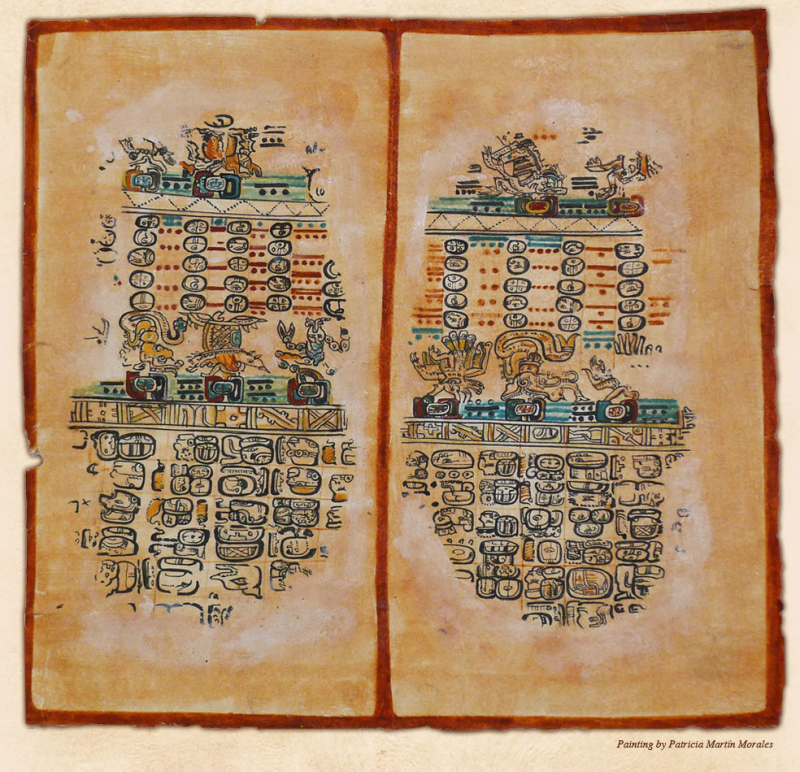The Maya Had A Sophisticated And Complex Calendar
The famed Maya calendar was based on a Mesoamerican calendar system, but it was the Maya who refined it to its highest level of sophistication. The Tzolkin (divine calendar), the Haab (civil calendar), and the Long Count are the three dating systems used by the Maya. Tzolkin creates 260 unique days by combining a cycle of 20 named days with a cycle of 13 numerals. Tzolkin's 260-day count has been attributed to a number of factors, including human gestation, the region's agricultural cycle, and the positions of the planet Venus. The Haab was the 365-day solar calendar. It consisted of 18 months of 20 days each, followed by five extra days, known as Wayeb, which were deemed inauspicious. The Long Count was a non-repeating calendar that counted how many days had passed since the Maya era began. To make the calendar reflect the approximate 360 days length of a year, the right-most location counts single days, the next is a block of 20; the next is a block of 18; the following positions follow their vigesimal number system.
Nobody knows how such a unique calendar came into being. The 260-day cycle may link various celestial occurrences, such as Mars' configuration, Venus' appearances, and eclipse seasons. It might even be used to indicate the time between conception and birth of a human child. The 260-day calendar was used to determine the gods' and humans' vital activities. It was utilized to give people names, forecast the future, and choose auspicious dates for battles, weddings, and other events. Every day had its own omens and connections, and the Maya's destiny were guided by the relentless march of the 20 days, which was like a perpetual fortune-telling machine.











